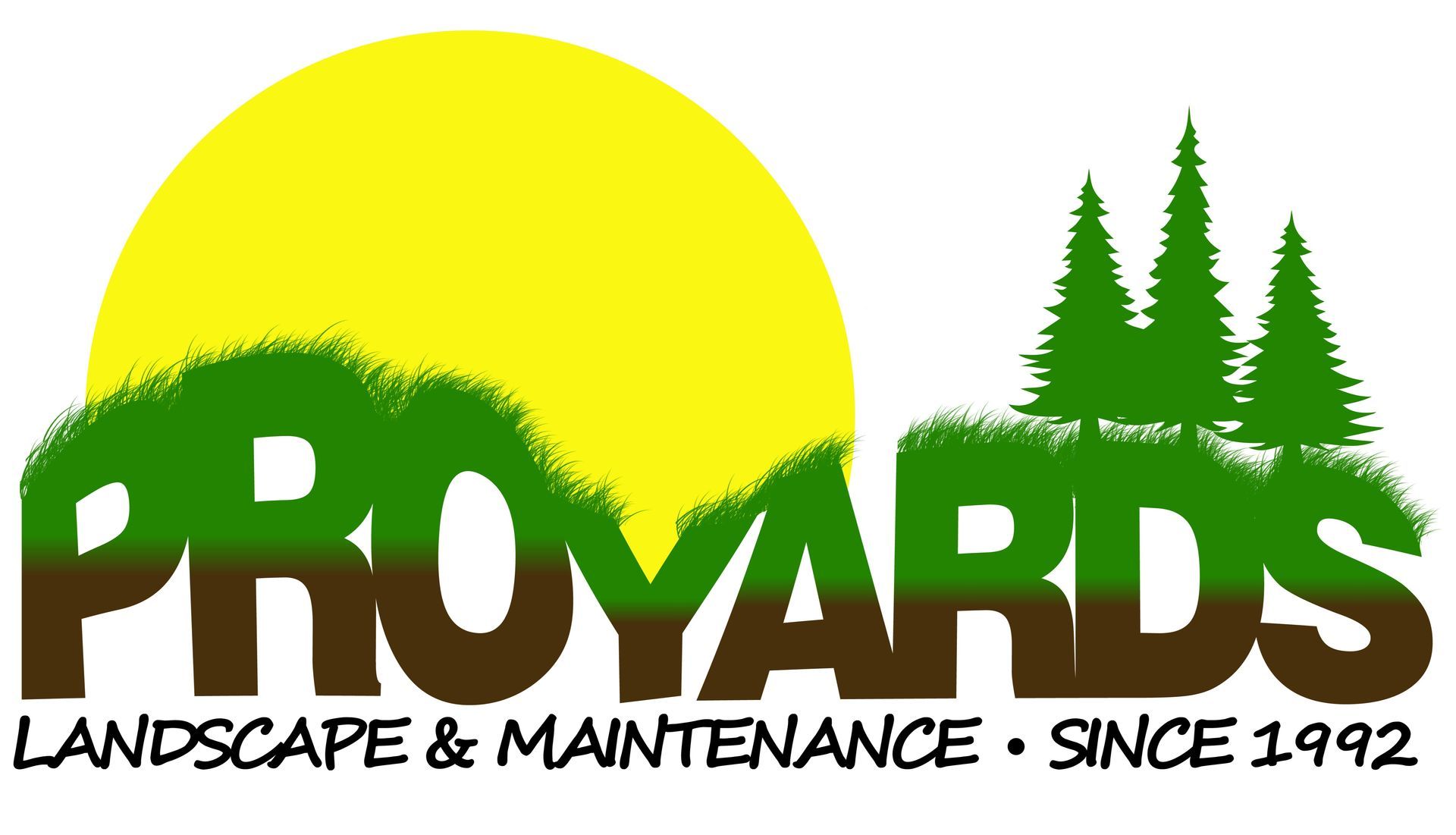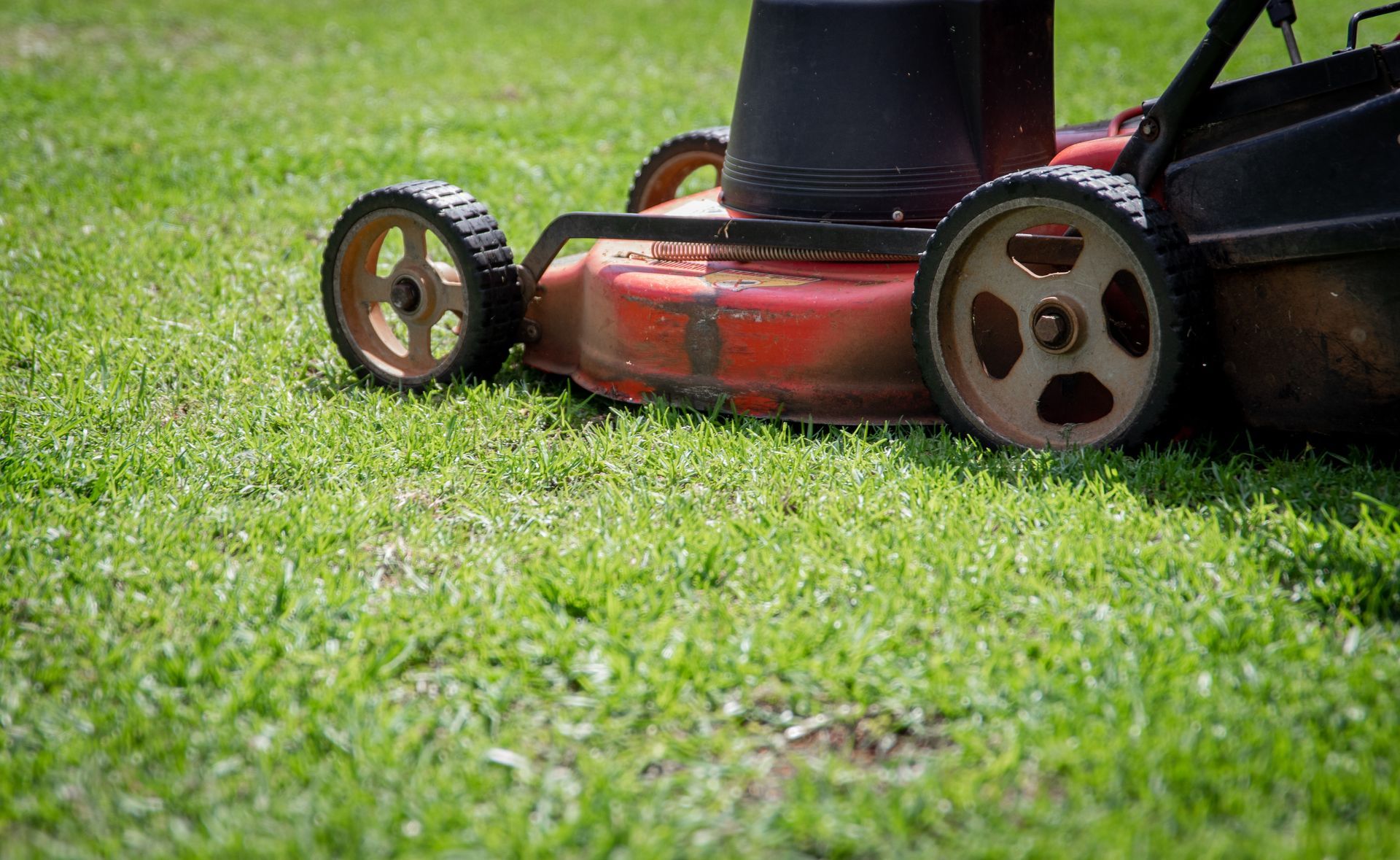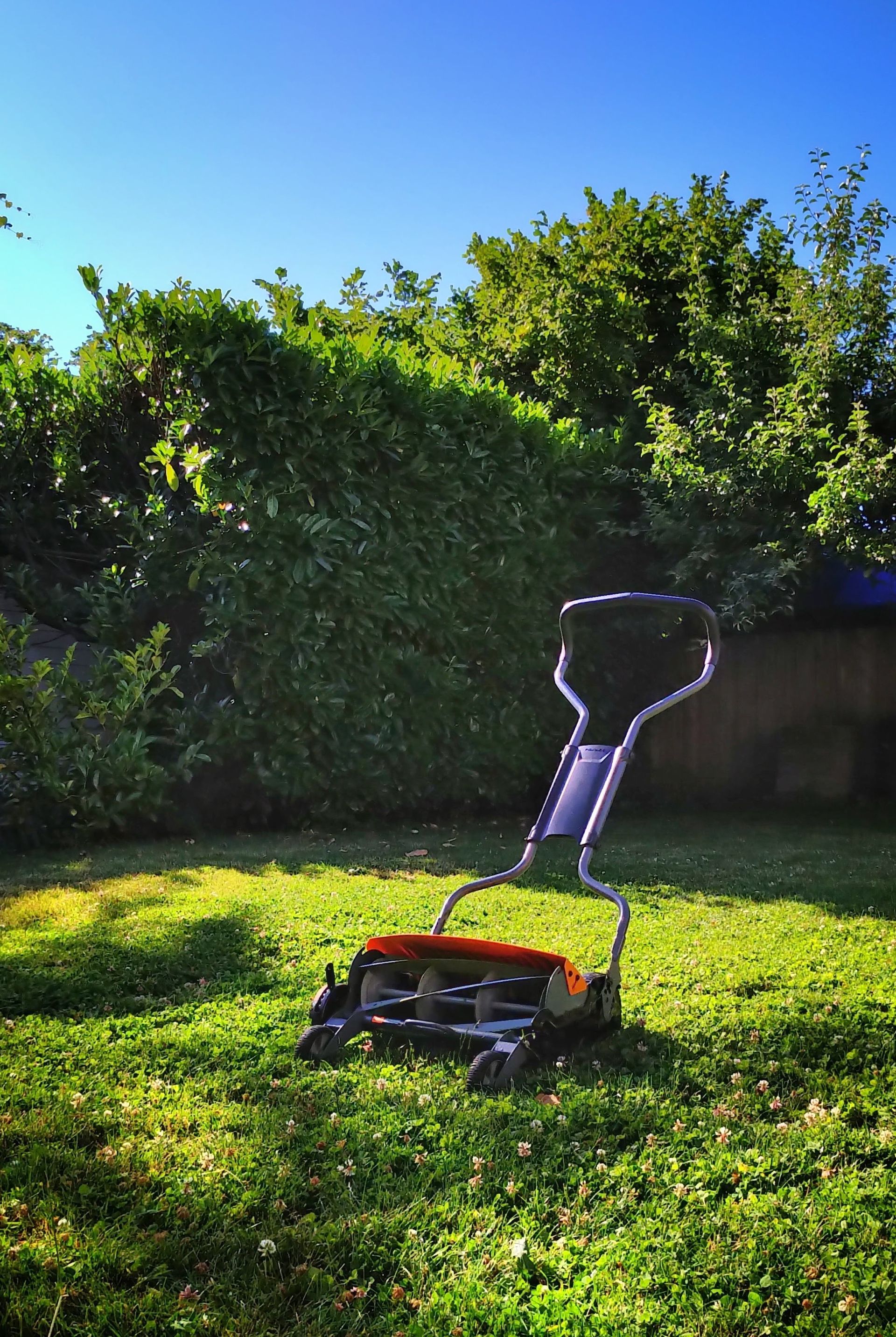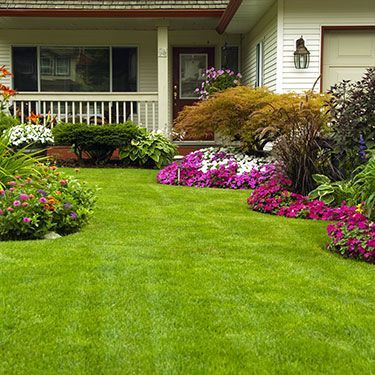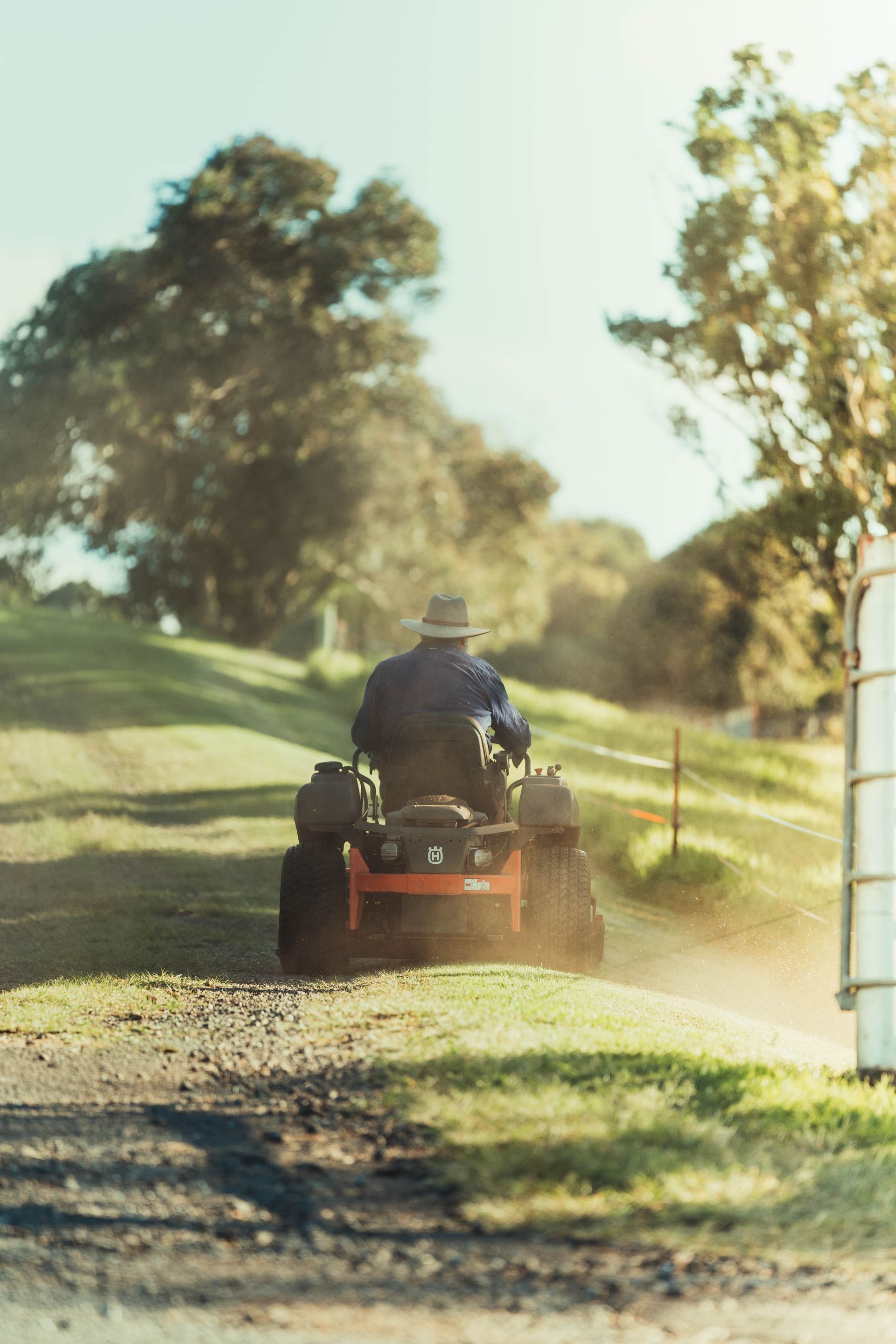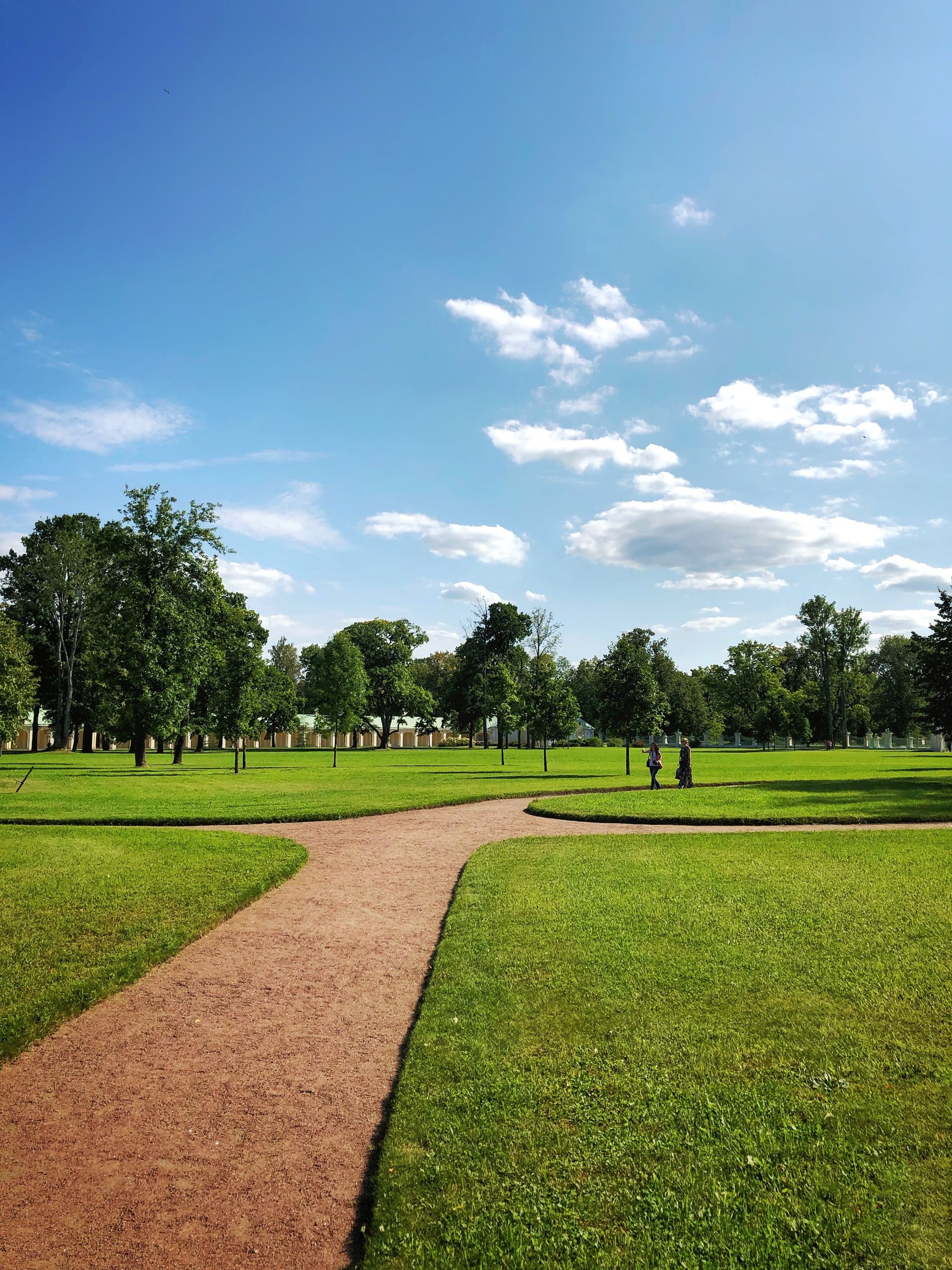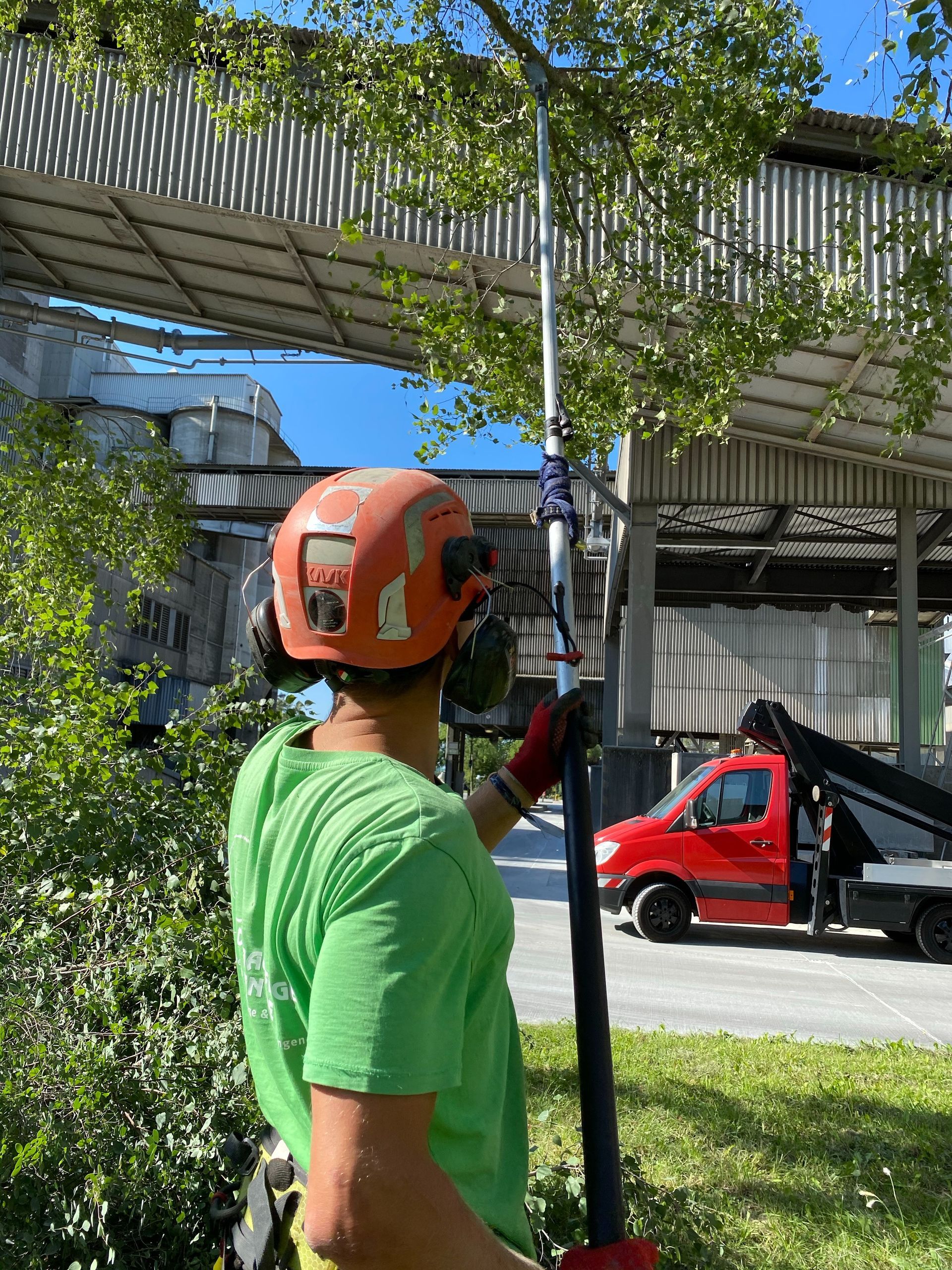Fertilizer Safety Tips: Protecting Yourself, Pets, and the Planet

For gardeners and farmers, fertilizers are key to lush gardens and bountiful harvests. However, safety is paramount. Misuse or improper storage can pose risks to humans, animals, and the environment alike. Understanding the right practices for using both organic and synthetic fertilizers is crucial. This guide offers a blend of expert knowledge and recent findings, providing straightforward advice on safely handling these powerful aids. Through careful use, we can nurture our plants without harm.
How to Store Fertilizers Safely
Effective storage is crucial for keeping fertilizers both potent and safe. Here’s how you ensure your fertilizers stay in top condition while minimizing risks.
Dry, Cool Places Are Best
- Keep your fertilizers in a spot that’s both dry and cool. This prevents them from breaking down or clumping, ensuring they work as intended and reducing hazards.
Stick to Original Containers with Clear Labels
- Use the containers fertilizers came in; they’re made for safe storage. Make sure they’re clearly labeled with what’s inside and how to store it, avoiding mix-ups and potential misuse.
Out of Reach of Kids and Pets
- Fertilizers can be harmful if touched or ingested. Store them where children and pets can’t get to them, ensuring their safety.
Store Separately from Food and Water
- To avoid accidental contamination, keep fertilizers away from where you store food and water. This helps prevent accidental ingestion and protects water sources from contamination.
Regularly Inspect for Leaks or Damage
- Check your storage area often for any signs of leaks or damage to the containers. Dispose of any damaged containers safely, following local guidelines.
Safe Handling Practices
When it comes to using fertilizers, how you handle them is just as important as how you store them. Safe handling ensures you, your family, and your garden stay protected.
Wear Protective Gear
- Before you start, gear up with gloves, goggles, and a mask if necessary. This protective wear shields you from harmful chemicals that can irritate your skin or eyes and prevents inhalation of dust or fumes.
Follow Manufacturer’s Instructions
- Every fertilizer package comes with instructions for safe use. Stick closely to these guidelines to avoid overuse or incorrect application, which can harm your plants and the environment.
Be Mindful of Weather Conditions
- Applying fertilizers in extreme weather—be it windy, very hot, or rainy—can affect their effectiveness and safety. Wind can blow powdered fertilizers away, rain can cause runoff, and heat can increase volatility.
Use Tools and Equipment Properly
- Employ the right tools for applying fertilizers, such as spreaders for granular types, to ensure even and safe distribution. Clean your equipment after use to prevent contamination and ensure longevity.
Wash Up After Handling
- Once you’ve finished applying fertilizer, wash your hands and any exposed skin thoroughly. This simple step greatly reduces the risk of irritation or accidental ingestion.
Application Dos and Don’ts
Applying fertilizers correctly is crucial for the health of your garden and the environment. Here are the key dos and don'ts to remember for effective and safe fertilizer use.
Do Test Your Soil First
- Testing your soil before applying fertilizer helps you understand what nutrients it lacks. This way, you can choose the right fertilizer and avoid over-application.
Do Apply at the Right Time
- Timing matters. Apply fertilizers when your plants are most able to absorb the nutrients, typically in the growing season. Early morning or late afternoon is best, reducing the risk of evaporation.
Don’t Overapply
- More isn’t always better. Overapplying fertilizer can burn your plants, waste resources, and harm the environment through runoff. Follow the recommended rates.
Don’t Apply Near Water Bodies
- Keep fertilizers away from ponds, streams, and drains. Runoff can lead to water pollution, harming aquatic life and contaminating water sources.
Do Use Slow-Release Formulas When Possible
- Slow-release fertilizers reduce the risk of runoff and provide a steady supply of nutrients to your plants, improving their health over time.
Don’t Ignore Local Guidelines
- Be aware of any local regulations regarding fertilizer use. Some areas have restrictions to protect the environment and public health.
Protecting Water Sources from Contamination
Fertilizers, if not used cautiously, can seep into groundwater or run off into nearby water bodies, leading to pollution. Here’s how to minimize the impact of fertilizers on water sources.
Create Buffer Zones
- Planting grass or shrubs around the edges of your garden can act as a buffer zone. These plants help absorb excess nutrients before they reach water bodies, reducing runoff.
Opt for Organic Fertilizers
- Organic fertilizers are less likely to harm aquatic ecosystems if they enter waterways. They break down slower and release nutrients gradually, minimizing the risk of runoff.
Implement Proper Irrigation Techniques
- Overwatering can increase the risk of fertilizer runoff. Use drip irrigation or soaker hoses to apply water directly to the plant roots, reducing runoff and saving water.
Maintain Healthy Soil
- Healthy, well-structured soil absorbs water better and reduces runoff. Incorporate compost and organic matter to improve soil health and its ability to retain fertilizers.
Follow Application Guidelines
- Adhering to the recommended application rates and timing minimizes the chance of excess fertilizer reaching water sources. More isn't always better.
Pet and Child Safety Measures
Fertilizers contain chemicals and compounds that can be harmful if ingested or come into contact with skin, making it crucial to protect vulnerable family members, including pets and children, from accidental exposure.
Secure Fertilizers Out of Reach
- Always store fertilizers in a locked shed or high shelf where children and pets cannot access them. Safety first is a golden rule in preventing accidents.
Educate Your Family
- Teach children about the dangers of fertilizers and why they should never touch or ingest them. For pets, keep them indoors or away from treated areas until it's safe.
Choose Pet-Friendly Products
- When possible, opt for fertilizers labeled as safe for pets. These products are less likely to cause harm if accidentally ingested by your furry friends.
Monitor Newly Treated Areas
- After applying fertilizer, keep children and pets off the lawn or garden for the recommended period. This duration varies, so check the product label for specific instructions.
Wash Hands and Toys
- Ensure children wash their hands after playing outside, especially if they've been in areas that could have fertilizer residues. Clean outdoor toys regularly as well.
Emergency Response to Fertilizer Exposure
Even with the best precautions, accidents can happen. Knowing how to respond to fertilizer exposure can make a significant difference in preventing serious harm.
Identify Symptoms of Exposure
- Be aware of the signs of fertilizer exposure, which can include skin irritation, difficulty breathing, nausea, or vomiting. Recognizing these symptoms early is key to quick action.
First-Aid Measures
- For skin contact, rinse the affected area with plenty of water. If fertilizer has been ingested, do not induce vomiting unless instructed by a healthcare professional. In cases of inhalation, move to fresh air immediately.
Seek Medical Attention
- If symptoms persist or in cases of serious exposure, seek medical attention promptly. It's crucial to inform the medical team about the type of fertilizer involved.
Keep Product Information Accessible
- Store fertilizer packages or labels where they can be easily found. This information will be invaluable to medical personnel in providing appropriate care.
Prepare an Emergency Kit
- Have a first-aid kit readily available in your gardening area. Include basic supplies and a list of emergency contacts, including the nearest poison control center.
Environmental Best Practices
Using fertilizers responsibly not only benefits your garden but also the environment. Here are some best practices to ensure your gardening has a positive impact on the planet.
Opt for Eco-Friendly Fertilizers
- Whenever possible, choose organic or natural fertilizers. These products are derived from plant or animal sources and are less likely to harm the environment.
Composting: A Natural Alternative
- Creating your own compost is a sustainable way to enrich your soil. Compost adds essential nutrients, improves soil structure, and reduces the need for chemical fertilizers.
Practice Crop Rotation and Companion Planting
- Rotating crops and planting companions can naturally enrich the soil and deter pests, reducing the need for fertilizers and pesticides.
Minimize Chemical Use
- Use chemical fertilizers sparingly and only as needed, based on soil tests. This approach helps prevent over-fertilization and its negative environmental impacts.
Support Soil Health
- Healthy soil is the foundation of a healthy garden. Regularly add organic matter and test your soil to maintain its health and reduce dependency on fertilizers.
Regulatory Compliance and Safe Disposal
Adhering to local regulations and disposing of fertilizers properly are critical steps to ensuring your gardening practices are not only effective but also environmentally responsible.
Understand Local Regulations
- Many areas have specific guidelines on fertilizer use, especially concerning types and application rates. Familiarize yourself with these to ensure compliance and protect local ecosystems.
Safe Disposal of Unused Fertilizers
- Never dispose of unused fertilizers by pouring them down the drain or into the trash. Check with your local waste management facility for guidelines on disposing of chemicals and fertilizers.
Recycling and Donating
- If you have excess fertilizer that you can’t use, consider donating it to a local community garden or agricultural program. Ensure the fertilizer is still within its effective date and properly sealed.
Handling Spills
- In case of a spill, contain it immediately to prevent it from entering waterways. Use absorbent materials like sand or soil and dispose of the waste according to local regulations.
Report Large Spills
- For significant spills, especially of hazardous materials, report to the appropriate environmental agency promptly. Quick action can prevent environmental damage and water contamination.
Frequently Asked Questions
-
Q: Can I mix different types of fertilizers?
Mixing different types of fertilizers is not recommended unless specified by the manufacturer. Different formulations may react with each other, reducing their effectiveness or even causing harmful chemical reactions.
-
Q: How often should I apply fertilizer to my garden?
The frequency of fertilizer application depends on the type of fertilizer and the specific needs of your plants. Always follow the recommended rates on the product label and conduct soil tests periodically to adjust fertilization as needed.
-
Q: Are there any pet-safe fertilizers?
Yes, there are fertilizers labeled as safe for pets. However, even with these products, it's best to keep pets off the treated area until the fertilizer has been properly absorbed or watered in.
-
Q: What are the signs of over-fertilization in plants?
Signs of over-fertilization include yellowing or browning of leaf edges, wilting leaves, and stunted growth. In severe cases, it can lead to plant death. If you suspect over-fertilization, water the area thoroughly to help flush out excess nutrients.
-
Conclusion
Our journey through the essential guide to fertilizer safety underscores the delicate balance between nurturing our gardens and protecting ourselves, our pets, and the environment. From choosing the right storage methods and handling practices to understanding the dos and don'ts of application, every step we take can contribute to a safer and more sustainable gardening experience.
Elevate your outdoor space with Proyards, the leading landscaping and yard care service in Salt Lake City, Lehi, Saratoga Springs, Eagle Mountain, and American Fork.
From stunning landscaping and durable hardscapes to efficient irrigation, expert tree service, and effective pest control, Proyards is your all-in-one solution for creating and maintaining a beautiful, thriving outdoor area.
Don't wait to transform your property into the envy of the neighborhood.
Contact Proyards today and take the first step towards a more beautiful, functional, and pest-free outdoor space!
Our Services
Contact Information
Phone: (801) 254-2890
Email: proyardcustomers@gmail.com
Business Hours
- Mon - Fri
- -
- Sat - Sun
- Closed
Area We Serve
All Rights Reserved | Proyards
